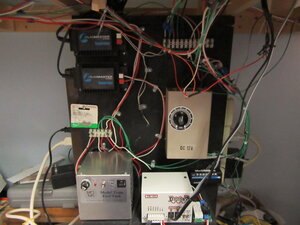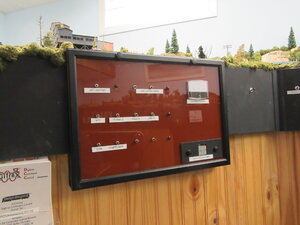I plan to use several methods. I have a few old Tyco and Lifelike power packs that can supply enough amps to light up a number of structures/streetlights in towns. I am also going to use some discarded battery chargers and voltage reducers (wall warts) from electronic toys and stuff (phone chargers, Play Stations, etc) to provide power in isolated areas where the amperage need isn't too high. Watch their output though and match things up with your bulbs or LED's. I have run a dedicated 120v power line with a number of outlets, under the layout just for these devices that is controlled by a central on/off switch. Most of my small bulbs are rated at 16v, but I will use 12v to light them, thus dimming them a bit and making them last longer. They tend to be too bright at 16v anyway.



